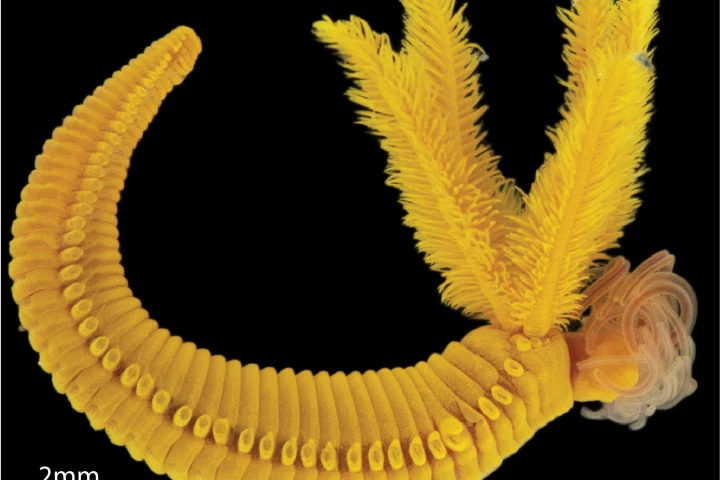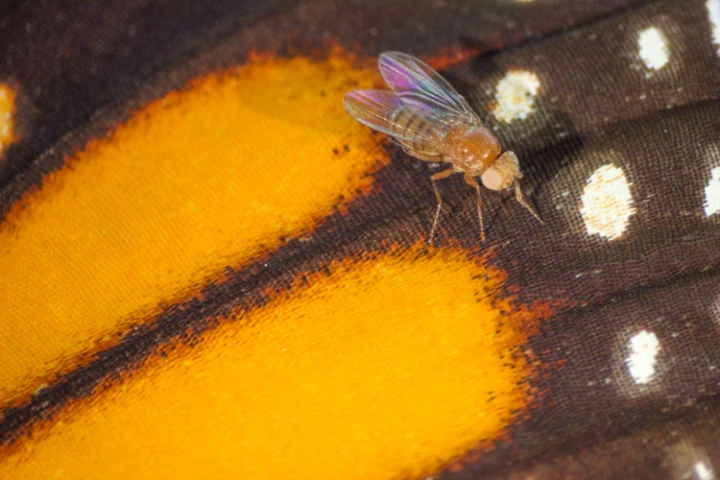Poisons
-
At the bottom of the ocean, where metal-rich hydrothermal vents exhale poison, a bright yellow worm has mastered an impossible art: turning lethal elements into armor. Meet Paralvinella hessleri, the deep-sea super-worm that turns arsenic into crystal.
-
An engineered protein that acts like a molecular sponge can hunt down CO molecules in the bloodstream and safely flush them out of the body in just minutes, without the risk of short- or long-term organ damage that comes with current oxygen treatment.
-
Calls to US poison centers reporting intentional exposure resulting in deaths and serious harm to adults and children have risen significantly over a 15-year period, a new study found. Researchers say the alarming statistics warrant an examination of their root cause.
-
Mowing might seem like a pretty sensible way to keep weeds at bay. But in the case of the silverleaf nightshade, the activity puts the plant into survival mode causing it to fight back with some pretty powerful defense mechanisms, says a new study.
-
For the first time, scientists have identified a biochemical mechanism linking attention deficit hyperactivity disorder and autism spectrum disorder with common but problematic compound Bisphenol A (BPA), which can leach into food and drink from packaging.
-
Scientists have identified a potential antidote to the poisonous mushroom, the death cap. Using CRISPR, a team found that a chemical already approved by the FDA can neutralize the toxin and save lives in mouse tests – but there are a few catches.
-
A new study has found that nearly half of all bald and golden eagles in the USA suffer from chronic and/or acute lead poisoning, which the research team believes is the result of these birds scavenging the remains of animals shot with lead bullets.
-
Scientists have discovered five previously unknown species of listeria, a pathogenic bacteria known to cause food poisoning. One species was found to behave in ways not seen before, resulting in the calls for changes to food safety regulations.
-
Scientists have used the CRISPR gene-editing tool to give fruit flies a new evolutionary advantage – the ability to eat poison and store it in their bodies.
-
Cockroaches have been known to develop resistances to individual insecticides for decades, but new research has shown that they’re also able to rapidly develop cross-resistance, even to chemicals that they’ve never been directly exposed to.
-
A new study has developed a novel method to tame one of the world’s most potent toxins, tetrodotoxin, commonly found in the pufferfish. The research demonstrates a way to control the spread of the toxin and harness it into a local anesthetic that can numb targeted regions for up to three days.
-
Although many of us may balk at the thought of drinking arsenic, the toxic chemical does occur naturally in the drinking water of some regions – and its levels definitely need to be monitored. An inexpensive new device allows people in developing countries to do so, and it works with a smartphone.
Load More











